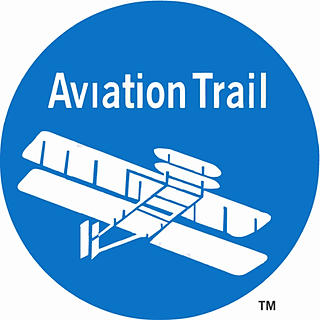First Motion Picture from an Airplane
- Aviation Trail
- Apr 2, 2020
- 2 min read
Updated: Apr 11, 2020
April in Aviation History:
On April 24, 1909, on a flight Wilbur Wright made in Rome, Italy, the first motion picture from an aircraft was taken.
Wilbur made five flights that day, with King Victor Emmanuel III of Italy present. On one flight his passenger was photographer Frederico Valle, who shot the footage. The “from-the-air” footage was included in a silent film short titled “Wilbur Wright und seine Flugmaschine” by French cinematographic company Société Générale des Cinématographes Eclipse. Most of the film consists of pre-flight shots and views from the ground of the plane in flight. The portion of this film which is shot from the air is only about the last third of the 3:28 long movie, which can be seen in the YouTube video below. (If you want to jump to the "from-the-air" segment, forward to about the 2:00 mark. When it ends, you can view it over by clicking the small circular arrow in the lower left corner of the video picture).

Still photos had be made from balloons and kites as early as 1858, and that was further pioneered through the late 1800's, including attaching cameras to unmanned rockets and even pigeons. Although there were photos and films taken from the ground, of aircraft in flight, prior to this flight nothing had been taken from an airplane - neither still photo nor motion picture.

A year after the above mentioned motion picture flight of 1909, in the fall of 1910, the first still photo was taken from an airplane in flight when Orville Wright took a rookie photographer from the Dayton Daily News along for a ride over the Huffman Prairie flying field in Dayton. The photographer was William Preston Mayfield, who went on to become the personal photographer of the Wrights, and a pioneer of aviation photography.
As it did with the development of aviation technology, WWI accelerated the development of aerial photography, as its value in reconnaissance was realized. By war’s end, the equipment had increased in sophistication and focal power, and was also proving valuable for use in cartography. In the decade that followed Wilbur’s flight in Rome, photography had become an integral part of the aviation adventure.







Comments